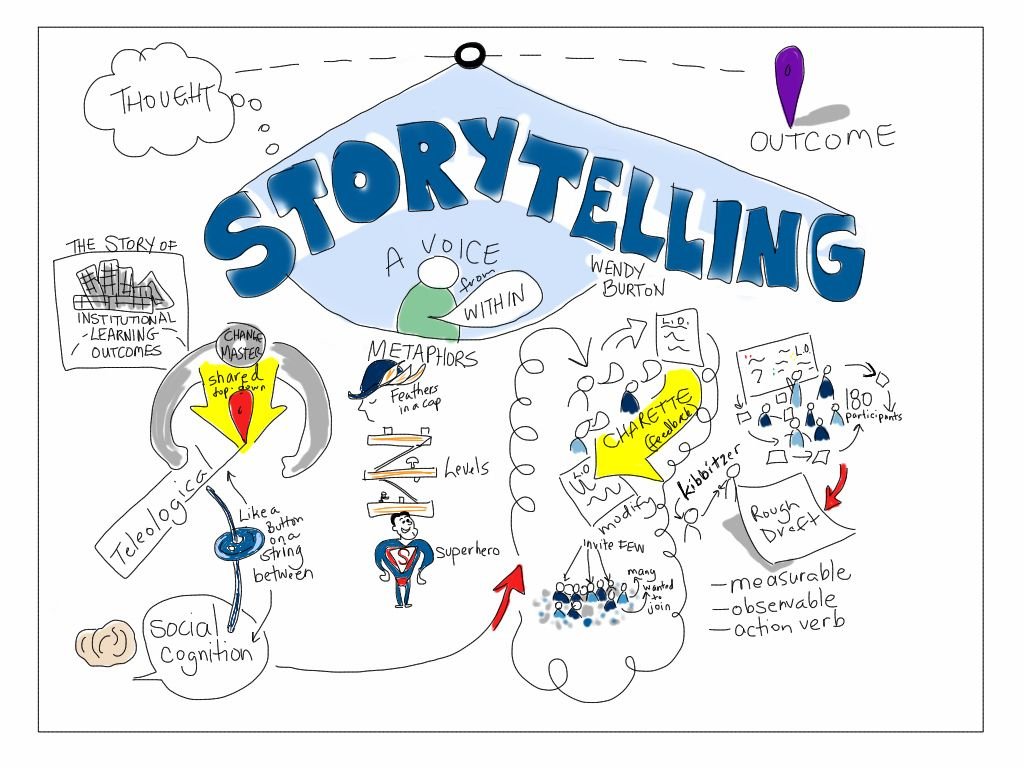Storytelling has grown from a classic narrative method to a powerful tool that engages, resonates, and establishes long-term connections with consumers in the dynamic world of marketing. Let’s look at the art of storytelling and how it may revolutionize marketing strategy.
Why Is Storytelling Important in Marketing?
Stories are captivating. A fascinating story stands out in a sea of commercials. It evokes an emotional response, making your brand distinctive. Because the human brain is hardwired to respond to stories, storytelling is a powerful way to communicate brand values and messaging.
Finding Your Brand Narrative
Every brand has a distinct story to tell. Determine your brand’s basic beliefs, mission, and journey. Your story should be genuine and in line with the values of your target audience. Craft a story that resonates and showcases the human side of your brand.
Building Emotional Connections
Decisions are influenced by emotions. Emotions are tapped into by effective storytelling, generating a sense of connection between the brand and the audience. Evoking emotions, whether joy, empathy, or inspiration, generates a memorable and compelling marketing experience.

The Components of a Strong Brand Story
A strong brand story includes crucial components.
- Protagonist: Introduce a relatable figure, generally the customer, who must overcome obstacles and triumphs.
- Conflict: Every story requires conflict, a difficulty that the protagonist overcomes with the assistance of your product or service.
- Resolution: Demonstrate how your brand delivers a solution, resulting in a happy ending for the protagonist.
Selecting the Best Medium
The medium is important. Choose a format that is consistent with your brand and resonates with your audience, whether it be video, blogs, social media, or interactive content. Visual elements enhance the storytelling experience, captivating and holding the audience’s attention.
Consistency Across Platforms
Maintain narrative consistency across all marketing mediums. Ensure that your brand story is consistent across all platforms, from your website to social media. Consistency fosters trust and strengthens your emotional connection with your audience.
As a Storytelling Tool, Use User-Generated Content
Encourage your audience to share their brand-related experiences. User-generated content brings authenticity and variety to your story. Share these stories to build a community and demonstrate the true impact your business has on people’s lives.
Storytelling Impact Evaluation
While the impact of storytelling may not be immediately quantifiable, indicators like as engagement, brand loyalty, and customer retention may. Analyze the performance of your storytelling efforts and adapt your strategy accordingly.
Overcoming Challenges in Storytelling
Maintaining authenticity and keeping relevant are unavoidable challenges. Keep your brand’s principles in mind, listen to your audience, and adjust your storytelling to changing trends. Flexibility guarantees that your story remains interesting.
Case Studies: Brands that have mastered the art of storytelling
Examine successful instances of brands that have used narrative to their advantage. Learn how varied industries use storylines to connect with their audiences and generate marketing success, from global giants to startups.
Conclusion
Finally, storytelling is more than just a marketing component; it is the essence that raises brands from being recognized to being remembered. Master the art of storytelling and watch how it changes how your audience views and interacts with your brand.


